Suston’s editor-in-chief Gabriel Arthur takes aim at outdoor industry buzzwords. Are they inspiring change or masking inaction?
In the sustainability crowd, we sometimes need to pause and ask ourselves: what do some buzzwords actually mean? And why are they so popular?
Because words matter – not just in my home turf of media and communications. Words can bypass the analytical parts of the mind and evoke emotions: affection, hatred, apathy, and more. They can fool us, lead to action – or stop us from taking it.
In the outdoor community, we pride ourselves on being more modest and grounded than our sporty siblings and fashionista cousins. We talk about quality, timelessness, and durability (and secretly think that those words also describe ourselves).
And we now sneer at the term “environmentally-friendly” – forgetting that not so long ago, those very words were common in the outdoor world.
I can easily admit: I’ve used my fair share of “sustainababble” over the years – buzzwords that made me sound insightful and credible in text or conversation.
But the (self-)critical part of me often nags: what do we actually mean? And what do we hope to achieve by using such words?
Remember the “how”
In recent years, I hear myself and others repeating these three concepts or themes:
– Regenerative
– Positive impact
– Connect to nature
In some ways, I think this is a psychological reaction to the global polycrisis we face just by reading the daily news. These words signal that there’s something we can do, that there are solutions.
I think the first time we used “regenerative” in Suston Magazine was in 2021, in a story about regenerative farming. This way of farming wasn’t new (in fact, it was how farming was done historically, more or less). But the timing felt right. And lately, the word “regenerative” has spread like wildfire into fields like tourism and politics.
I actually think “regenerative” can be a useful concept. But in a meeting with a marketing team from a tourist destination – one that had received international attention since adopting this term – I asked, “How will you actually implement this?” They replied that this was the next step to figure out.
It’s a good reminder for buzzword conversations: “I like what you say – how will you make it happen?”
And remember the money!
In the last issue of Suston Monthly, we covered the new report Outdoor and Sports as a Leading Climate Solution Provider. I personally embrace this optimistic report, highlighting the upsides and the positive impacts of radical, systemic change.
Similarly, I welcome the growing discussion within the outdoor industry about helping people to “connect with nature.”
But at the same time, I know that environmental organizations are still operating with the same minimal budgets they’ve had for decades – or even less. Scouting groups and other outdoor associations also struggle to find both volunteers and funding.
There are some outdoor companies that genuinely support efforts to bring more people into nature. Companies that inspire and educate novices. That invest time and money in these efforts, believing it will benefit them in the long run – and the planet.
But there are also plenty of brands that present multicultural advertising, post “inspiring content” on their websites, and showcase “ambassadors” on social media – while allocating just a fraction of their budgets to create real change.
As a writer and editor, I love words and what they can do. But we need to remind ourselves: Actions speak louder than buzzwords.
And money matters.
Interested in sustainability communication? Then check out Gabriel’s article on his favorite outdoor brand sustainability reports.




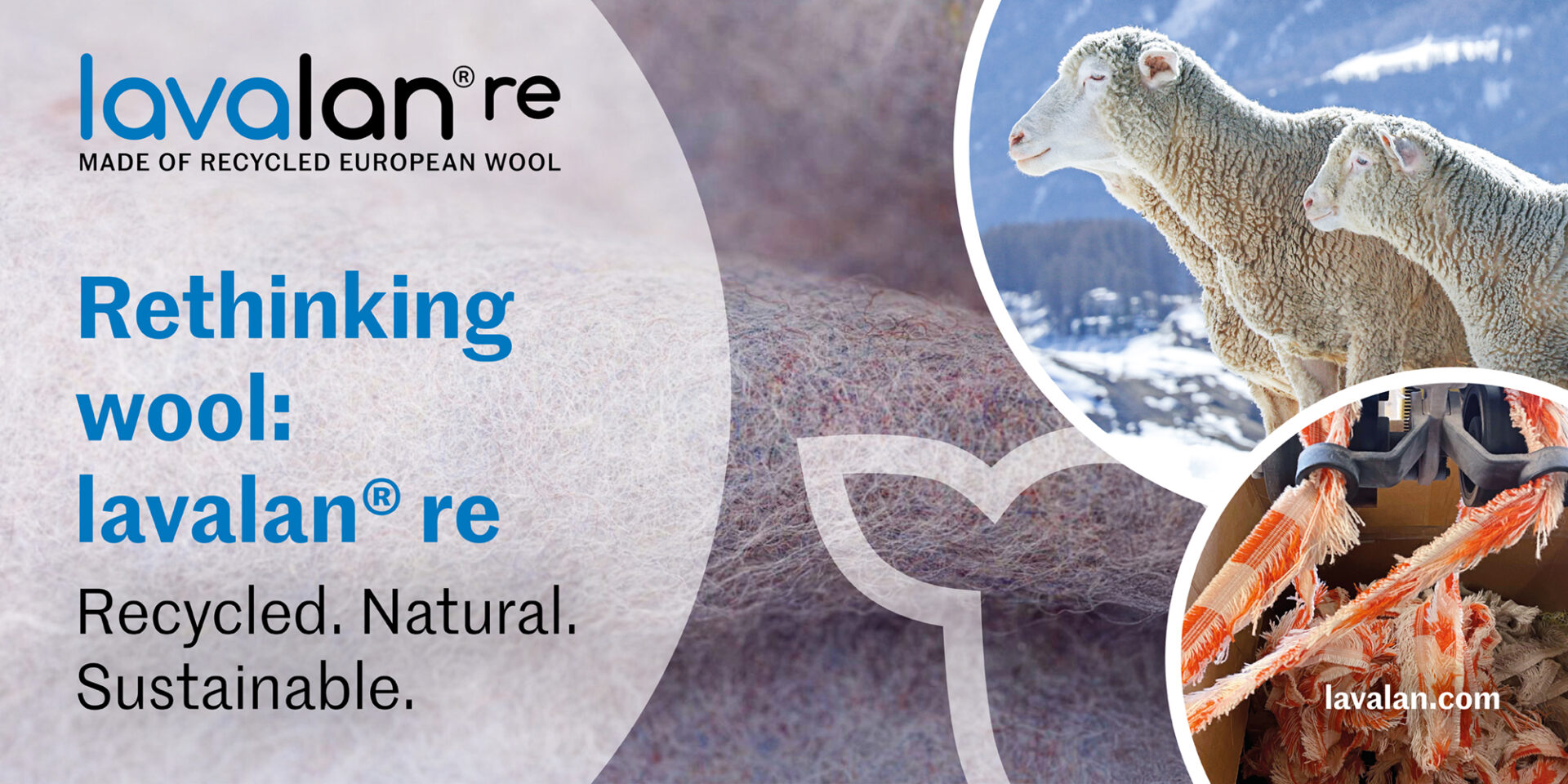



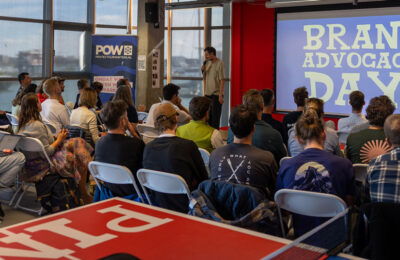
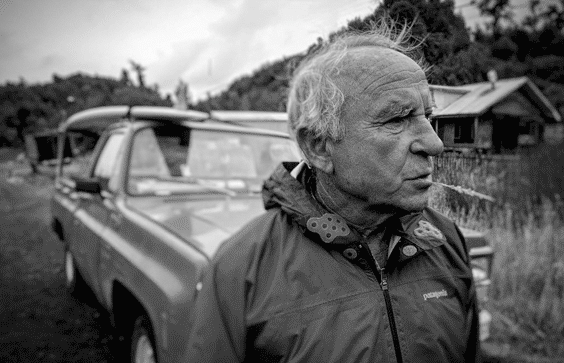
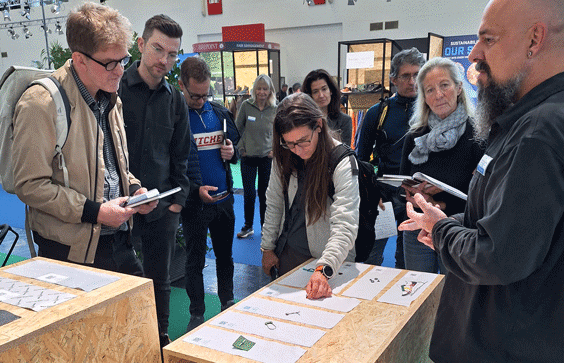
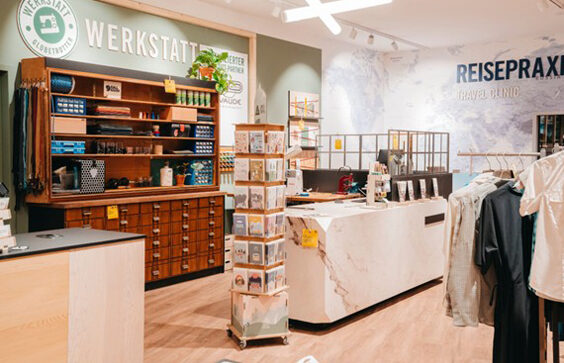

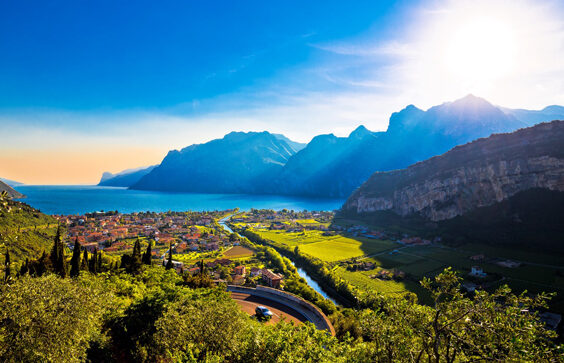

Sorry, the comment form is closed at this time.